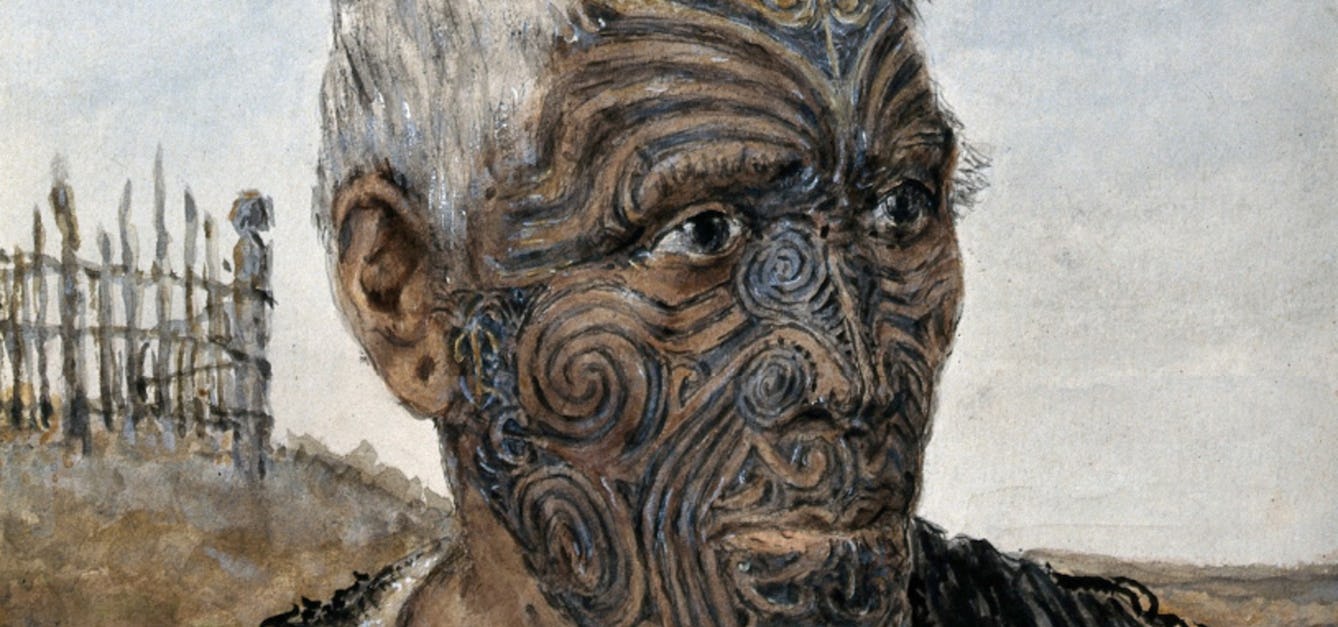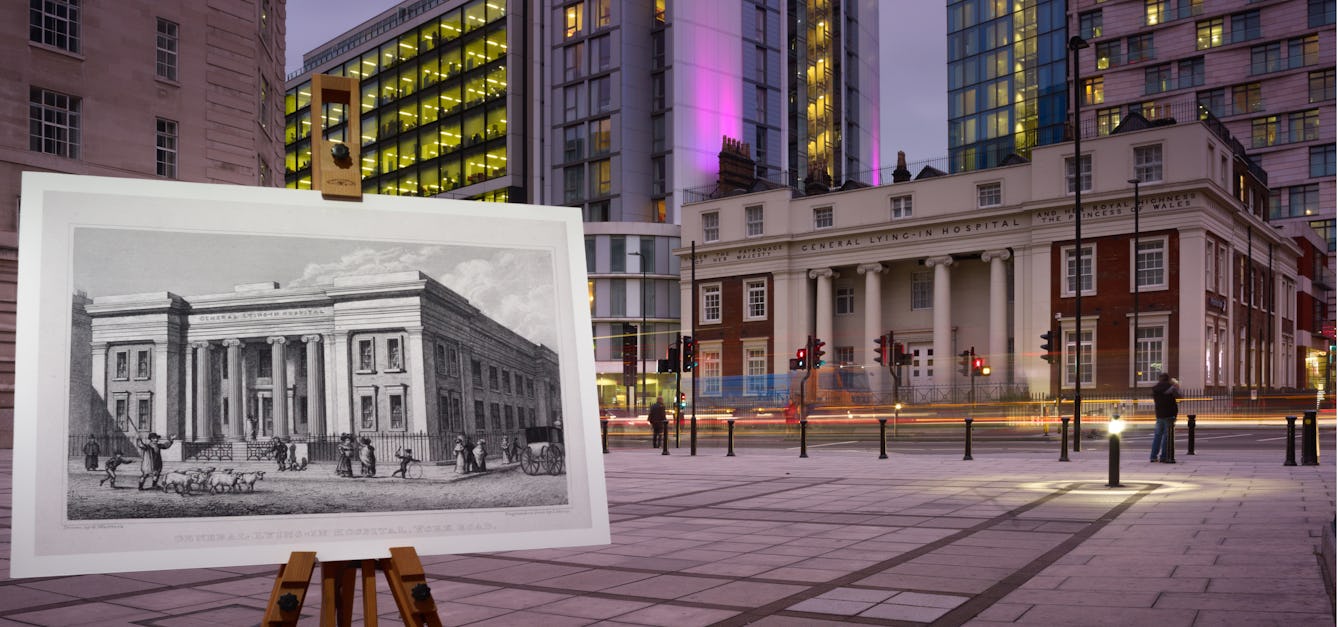Stories

- Article
A brief history of tattoos
The earliest evidence of tattoo art dates from 5000 BC, and the practice continues to hold meaning for many cultures around the world.

- Article
London, city of lost hospitals
Come on the trail of hundreds of ghost hospitals, whose remnants hold clues to medical treatments of the past.

- Article
A symbol of a lost homeland
The story of one protective amulet from Palestine reveals a complex tale. Encompassing the personal history of an influential doctor and collector, it provides a window onto dispossession and exile, and the painful repercussions that are still felt today.

- Article
Colonialism and the origins of skin bleaching
The widespread practice of skin bleaching was heavily influenced by the Western colonisation and slavery of African and South Asian countries. Ngunan Adamu explores this toxic history.
Catalogue
- Archives and manuscripts
- Online
Royal Society of South Africa
Date: 1987-1989Reference: SB/1/2/828Part of: Sydney Brenner Collection- Books
A history of scientific endeavour in South Africa : a collection of essays published on the occasion of the centenary of the Royal Society of South Africa / edited by A.C. Brown.
Date: 1977- Books
Science research policy in South Africa / George F.R. Ellis.
Ellis, George F. R. (George Francis Rayner)Date: [1994]- Books
The Stegomyia mosquitoes of South Africa and some neighbouring territories : including chapters on the mosquito-borne virus diseases of the Ethiopian zoo-geographical region of Africa / by J. Muspratt.
Muspratt, J.Date: 1956- Journals
The South African Health Society magazine.









